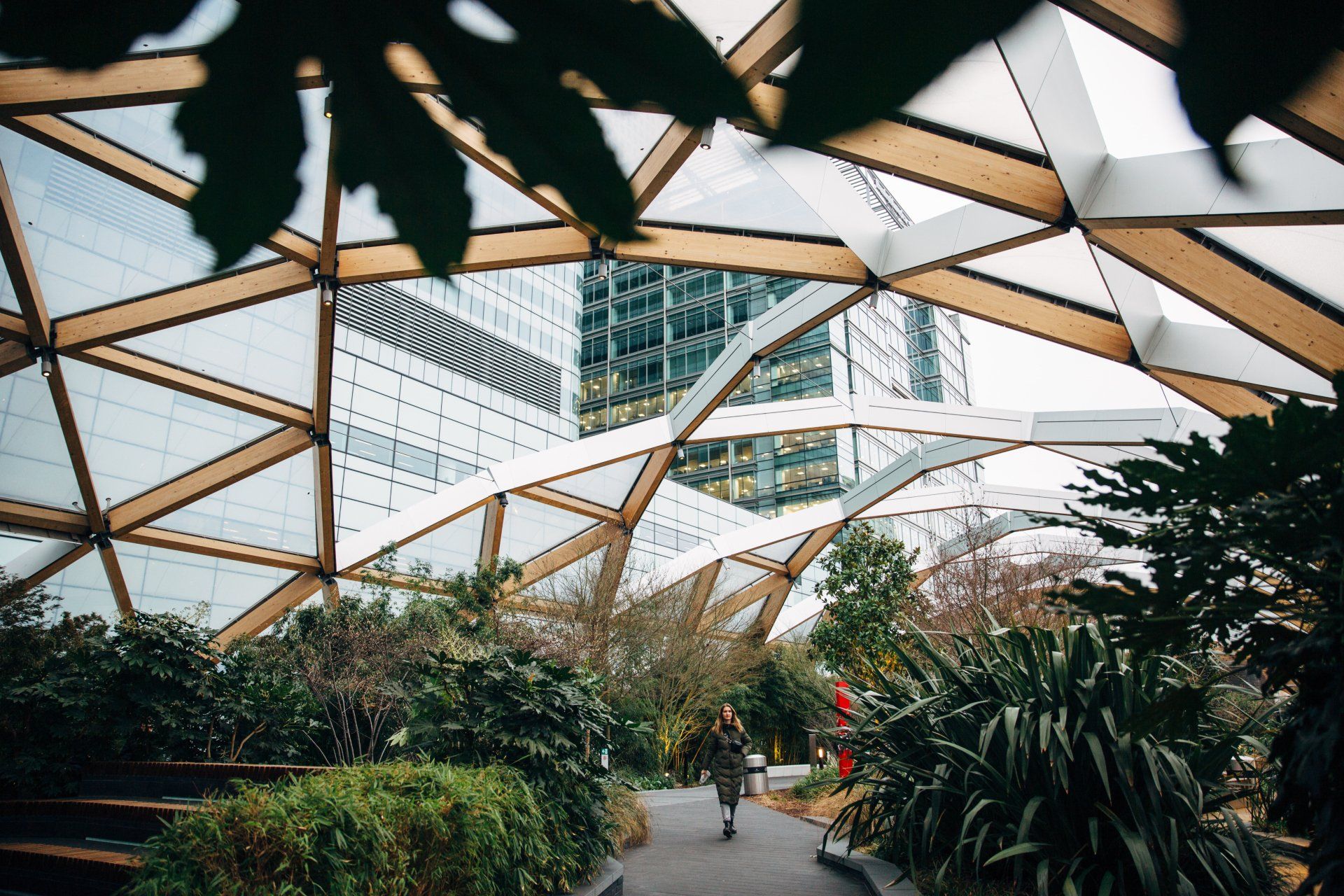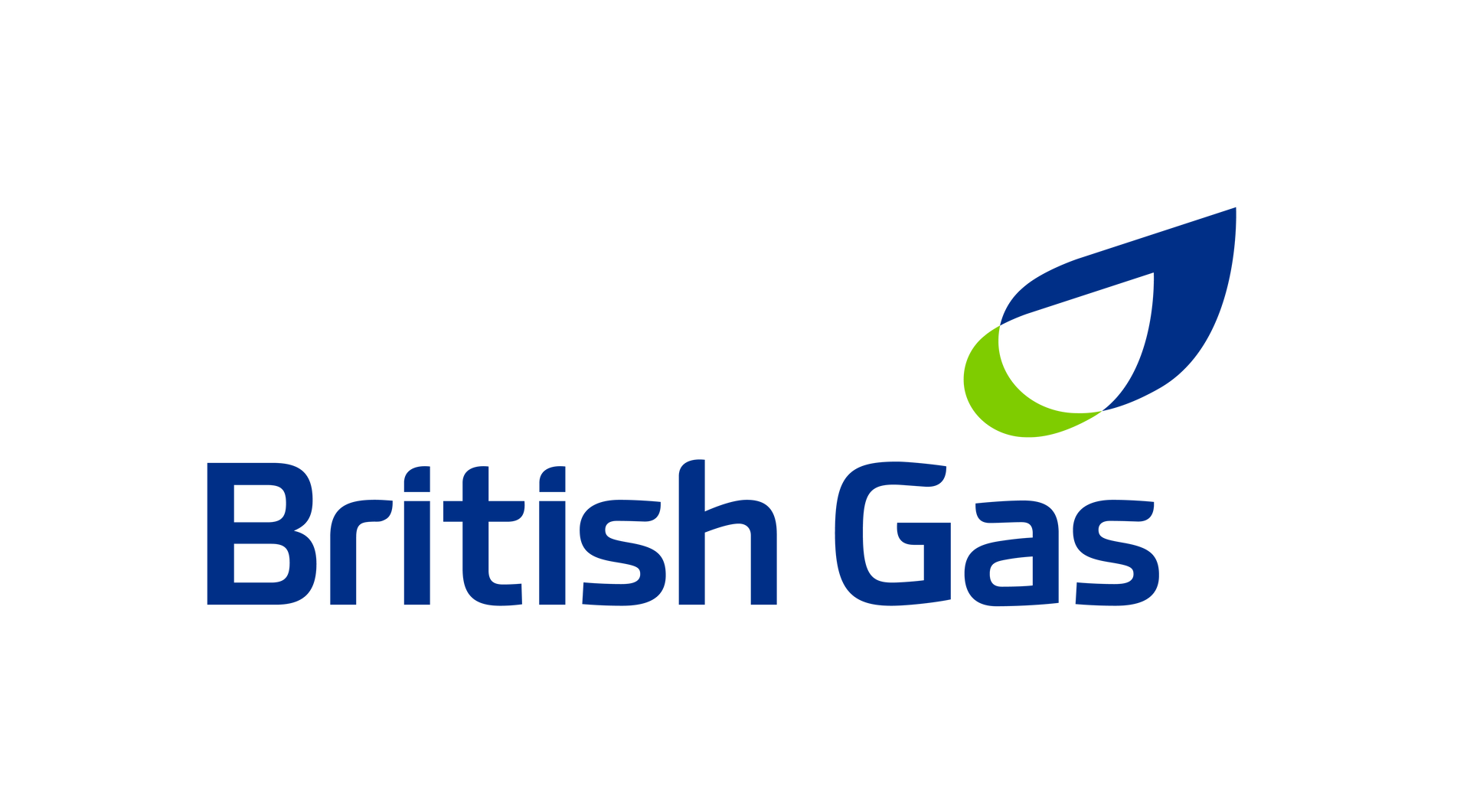Unlock your sustainable energy ambitions by accessing generous new capital expenditure relief.
The time is right to build back greener by upgrading your energy infrastructure. Thanks to the new Super-Deduction tax break on plant and machinery, it’s never been more affordable to unlock your sustainable energy investment ambitions.
In the March Budget, Chancellor Rishi Sunak announced the brand-new Super-Deduction capital expenditure relief. It enables companies paying Corporation Tax to claim 130% capital allowances on most new plant and machinery investments that ordinarily qualify for 18% main rate writing down allowances.
In addition, a new 50% First-Year Allowance (FYA) was announced for special rate assets (including long life items). This applies to most new plant and machinery investments that ordinarily qualify for 6% special rate writing down allowances.
Super-Deduction and FYA capital reliefs apply temporarily to expenditure incurred over the next 2 years – from 1 April 2021 until the end of March 2023. These reliefs are just for new, unused plant and machinery, not second-hand or leased assets. Also, equipment that you’re planning to offer for rent is not covered, and neither are structures or buildings.
Businesses can also benefit from Annual Investment Allowances on investment in low carbon equipment. which has been extended to £1m for expenditure incurred up to 31 December 2021. This relief is available on second hand and leased equipment, as well as newly purchased assets.
Not just for big companies
There are opportunities for SMEs to benefit too, anyone that is not a partnership such as accountants, lawyers or architects, and sole traders are eligible. While many SMEs may possess the desire to be greener and consider their environmental impact, investing in new energy technologies can be hard to justify versus other business priorities, and an expensive up-front cost SMEs don’t often have the financial means to support.
The new corporate tax relief, enables SMEs to reassess their position and make some headway on the pathway to a low-carbon future.
What energy equipment qualifies for new Corporation Tax reliefs?
Use of the term “plant and machinery” can be misleading as most types of energy equipment should qualify for either the Super-Deduction or 50% FY, including solar panels, electric vehicle charge points, and heat pumps, as well as many other items.
How much Corporation Tax can you save?
Under Super-Deduction, for every pound a company invests, taxes are cut by up to 25%. For example, if you spend £1m on qualifying items of equipment, £1.3m can be deducted from taxable profits – giving corporation tax relief at 19 per cent and a saving of £247,700.
Previously, such expenditure would either fall within a company’s annual investment allowance and gain relief of £19,000, or alternatively be tax-relieved at 18 per cent of the cost per annum.
What is the expected impact of Super-Deduction?
The government expects its capital tax reliefs to kickstart investment by an estimated 2.8 million companies that incur qualifying expenditure on plant and machinery.
Rishi Sunak said he believed his super-deduction corporation tax relief would bring forward business spending, while also increasing the amount of investment. The Office for Budget Responsibility estimates that at its peak, the super-deduction will raise the level of business investment by 10 per cent, or roughly £20bn a year.



